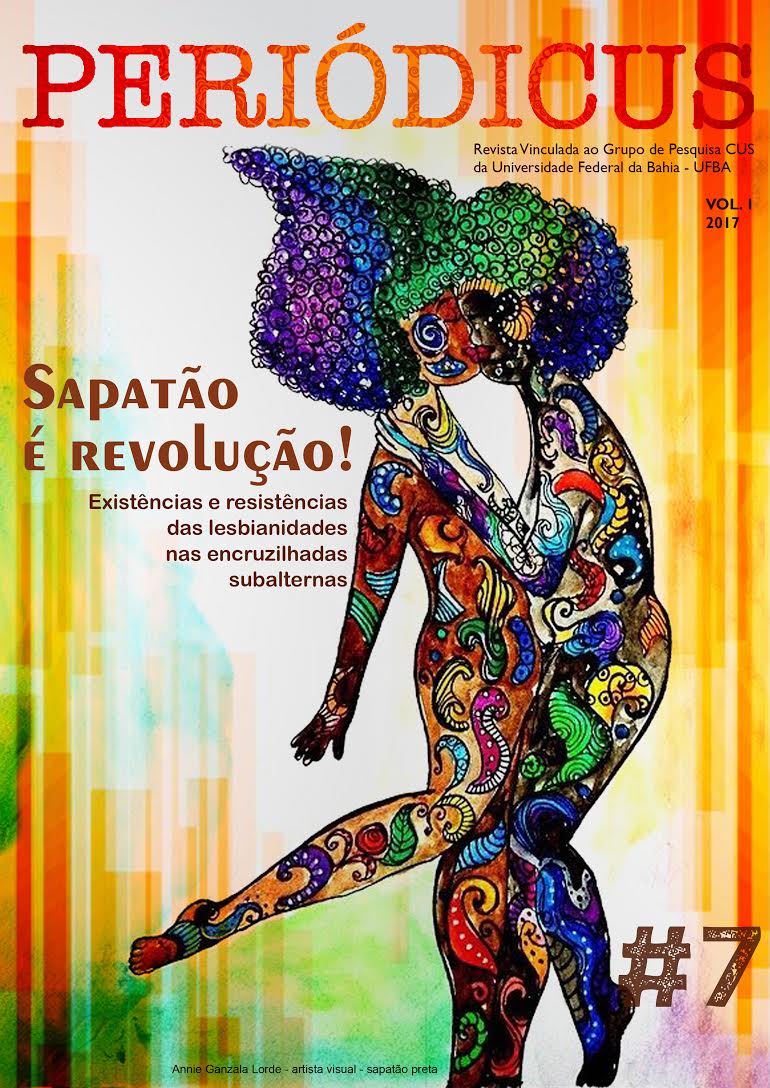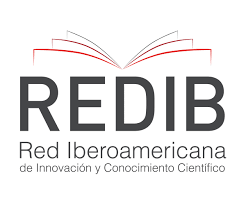"A quem pertence esse corpo?": religião e esterilização do corpo bicha
DOI:
https://doi.org/10.9771/peri.v1i7.22286Abstract
Tendo por objetivo discutir os processos de subjetivação da sexualidade "ex-gay" em sua relação com os discursos das religiões cristã, responder à pergunta "A quem pertence esse corpo?" torna-se imprescindível. Relacionando os estudos de Agamben e Foucault, parte-se do pressuposto que a vida desejável pelo cristianismo é a vida vivível conforme sua regra. Assim, produzindo uma genealogia das forças atuantes sobre o corpo, esse estudo aponta para a necessidade não apenas tomar o discurso cristão direto como única força produtora da sexualidade "ex-gay", mas, também e principalmente, como um discurso que se multiplica e ramifica em outros. Conclui, portanto, que a produção dessa sexualidade esterilizada diz menos respeito ao campo da própria prática sexual e mais à lógica de controle dos modos de vida.Downloads
Downloads
Published
How to Cite
Issue
Section
License
Copyright (c) 2017 Revista Periódicus

This work is licensed under a Creative Commons Attribution-NonCommercial 4.0 International License.
Authors who publish in this journal agree to the following terms:
Authors retain copyright and grant the journal the right of first publication, with the work simultaneously licensed under a Creative Commons Attribution Noncommercial License that allows the work to be shared with acknowledgment of authorship and initial publication in this journal, but prohibits commercial use.
Authors are authorized to enter into separate additional contracts for non-exclusive distribution of the version of the work published in this journal (e.g., publishing in an institutional repository or as a book chapter), with acknowledgment of authorship and initial publication in this journal.
Authors are permitted and encouraged to publish and distribute their work online (e.g., in institutional repositories or on their personal website) at any point before or during the editorial process, as this can generate productive changes and increase the impact and citation of the published work (see The Effect of Open Access).








